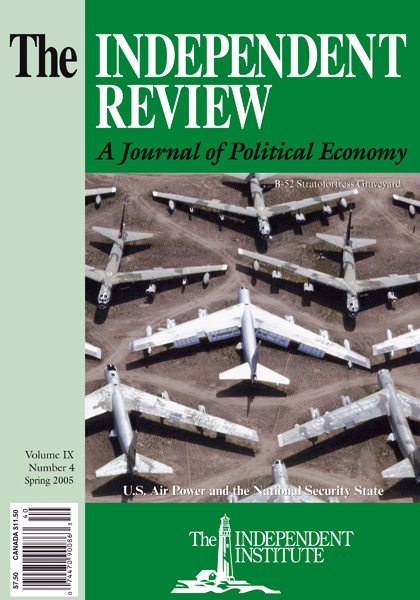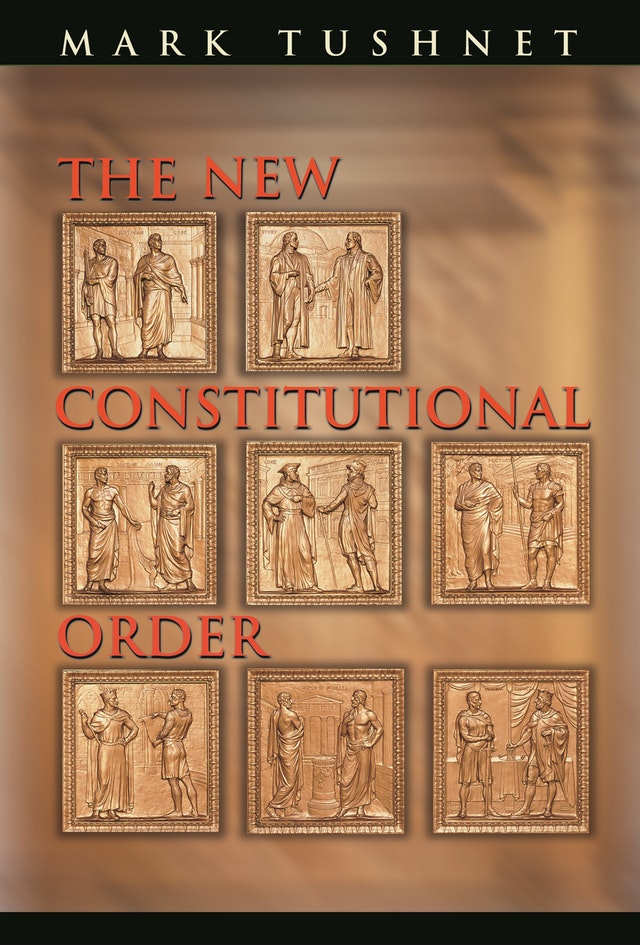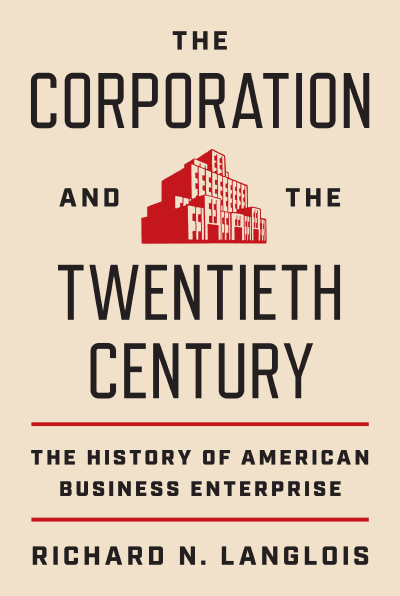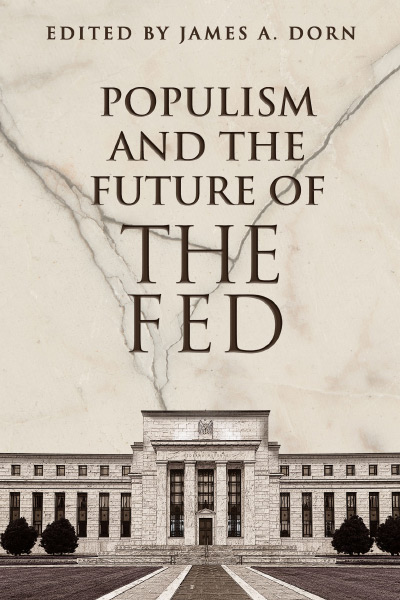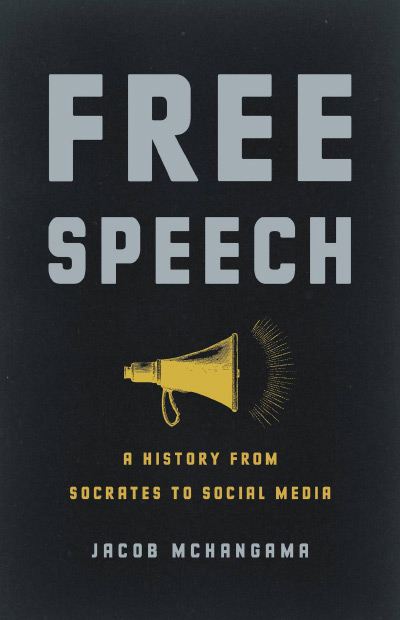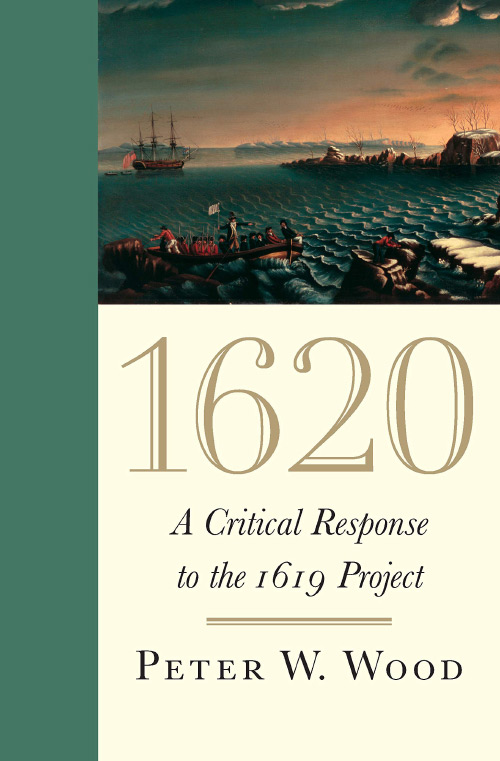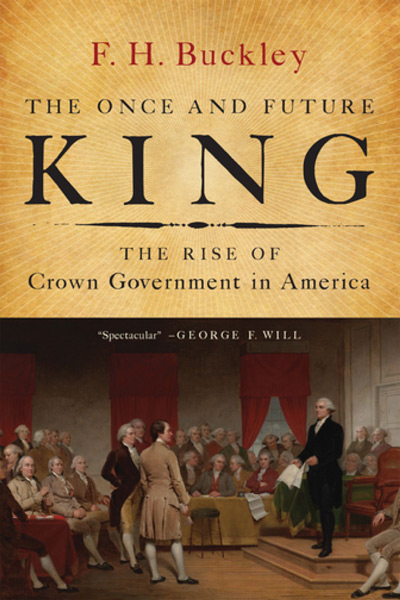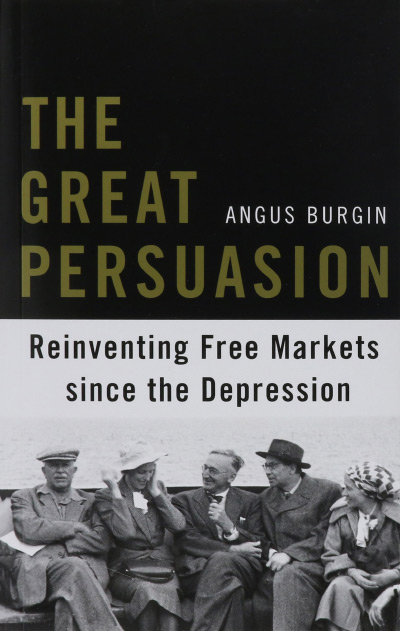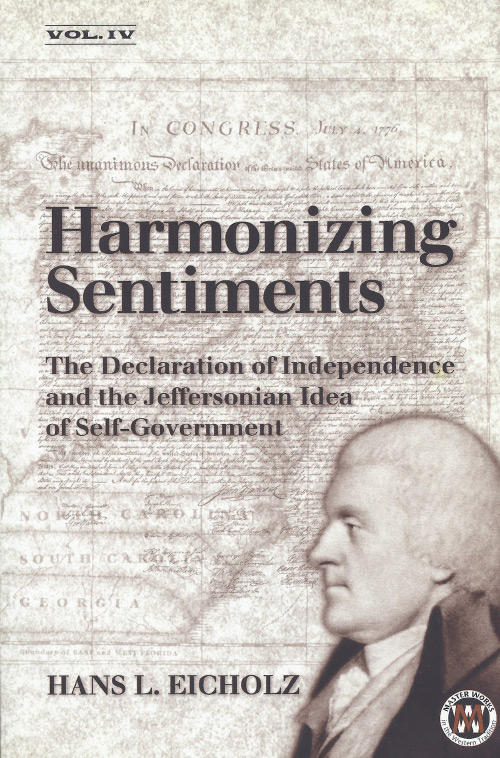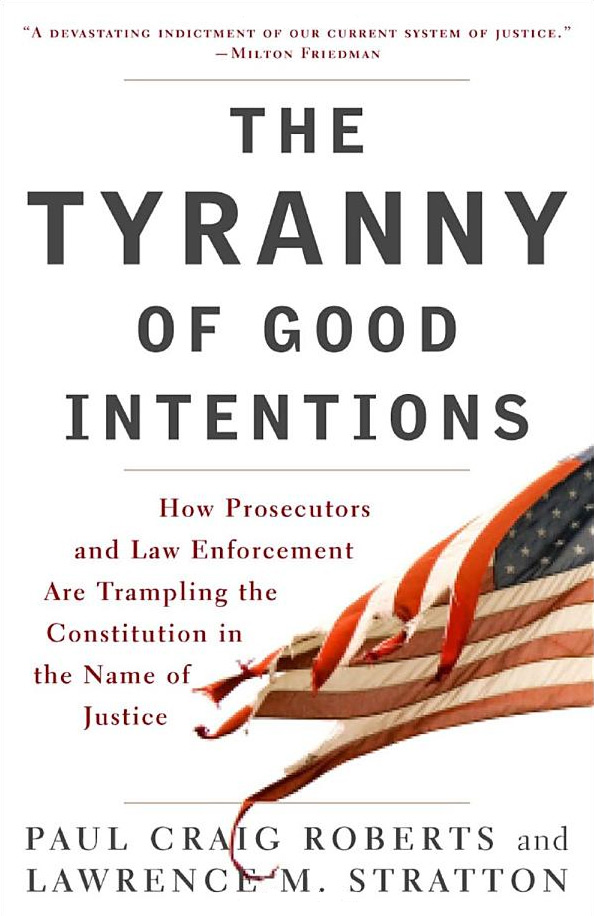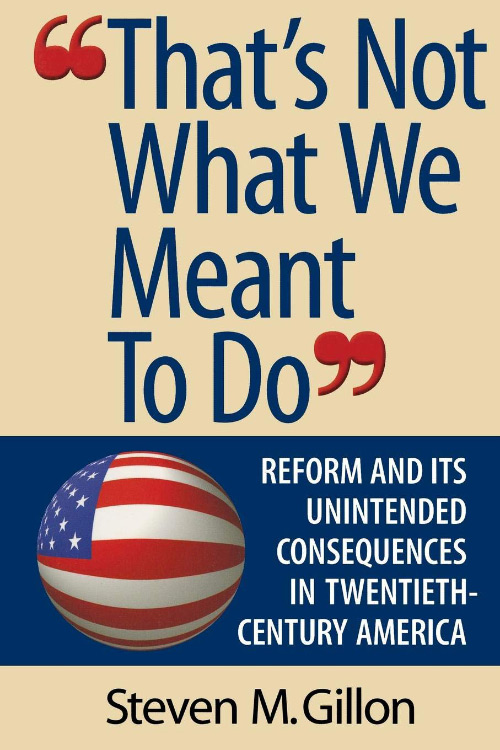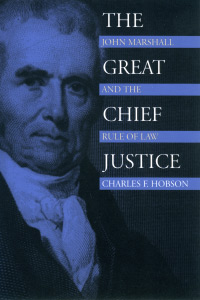Mark Tushnet, the Carmack Waterhouse Professor of Constitutional Law at the Georgetown University Law Center, is one of the doyens of the critical legal studies (CLS) movement; and his election to the presidency of the American Association of Law Schools in 2003 confirmed his preeminent standing among the left-wing faculty who currently dominate American law schools. The New Constitutional Order is the aging Tushnet’s attempt to make sense of their defeat in the real world they once hoped to transform into a socialist paradise.
In their youth, members of this group imagined that the national government would guarantee “the [judicially enforceable] right to earn enough to provide adequate food and shelter and clothing, and recreation ... to provide adequate medical care, a decent home ... [and] a good education, as well as the right to adequate protection from the economic fears of old age, sickness, accident, and unemployment” (p. 2). This list of affirmative rights is drawn from Franklin D. Roosevelt’s little-remembered 1944 State of the Union address, in which he proposed that they be recognized as a second Bill of Rights (Franklin Roosevelt, Annual Message to Congress, January 11, 1944).
Tushnet asserts that this second Bill of Rights provided the guiding principles for “the New Deal–Great Society” constitutional order, which he insists prevailed from the 1930s to the 1980s (p. 1). The fundamental “guiding principle [of this order] was egalitarian liberalism” (p. 8). Although a scholar who examined FDR’s first two terms through rose-colored glasses might plausibly find those principles immanent in the New Deal, Tushnet’s assertion that they shaped Lyndon Johnson’s legislative agenda and the jurisprudence of the Warren Court is astonishing. Neither LBJ’s addresses nor the legislative debates of the Congresses that enacted the Great Society programs, which so energized the left for a brief political season in the 1960s, ring with invocations of FDR’s proposed second Bill of Rights. Even more telling, the Warren Court never cited FDR’s 1944 State of the Union Address or the language of his proposed second Bill of Rights in support of any of its decisions, including those that the CLS brigade mistakenly read as harbingers of the socialist paradise to come. The constitutional basis for those decisions is to be found—if it can be found anywhere—in Lincoln’s Gettysburg Address and the three post–Civil War constitutional amendments, especially the equal protection clause of the Fourteenth Amendment.
Tushnet is on much sounder ground when he concedes the present reality: “the principles that guide the new constitutional order make it one in which aspiration to achieving justice [presumably as conceived by the left] directly through law has been substantially chastened. Individual responsibility and market processes, not national legislation identifying and seeking to promote justice, have become the means by which that aspiration is to be achieved” (p. 2). Tushnet acknowledges that he is not the only, much less the first, scholar to identify the phenomenon of a constitutional order. Bruce Ackerman (We the People: Foundations [Cambridge, Mass.: Harvard University Press, 1991]), John Balkin and Sandy Levinson (“ Understanding the Constitutional Revolution,” Virginia Law Review 87 [2001]: 1045–1104), and Keith Whittington (Constitutional Construction: Divided Powers and Constitutional Meaning [Cambridge, Mass.: Harvard University Press, 1999]) are among the other law professors and political scientists who have explored the phenomenon. Though these scholars disagree on how such orders emerge and evolve, they all emphasize an inevitable interaction among the legislative, executive, and judicial branches of the national government that produces—for a historical moment, at least—a coherent governmental regime guided by a set of principles generally accepted by all three branches.
According to Tushnet, the current “chastened order” consists, first, “of a public that does not participate in politics and weak parties but highly partisan institutions in a divided government” (p. 19). In such an order, the political branches of the government are forced to compromise and are therefore unlikely to enact broad reforms. This order is further characterized by, second, a Supreme Court that has largely acquiesced in the Warren Court’s egalitarian embrace of Roosevelt’s proposed second Bill of Rights, contenting itself by “trim[ming] what the Court believes to be its excesses without completely repudiating what has gone before” (p. 76). Tushnet thus characterizes the Rehnquist Court’s jurisprudence as “minimalism” (p. 130). He concedes that the Rehnquist Court’ s jurisprudence might be read in the revolutionary ways urged by Justices Scalia and Thomas but insists that the Court “would have to explore new territory if it sought to carry out a revolutionary transformation of constitutional doctrine” (p. 82).
Tushnet naturally dreams that an emboldened successor Court might yet dictate broad liberal reforms promised by a Court that “remembered the future and imagined the past,” as Alexander Bickel described the work of the Warren Court (The Supreme Court and the Idea of Progress [New Haven, Conn.: Yale University Press, 1978], p. 13). Yet Tushnet acknowledges that that outcome, too, is unlikely, in part because in divided government only “median” judges—bland, uncontroversial nominees without a substantial paper trail—are likely to be nominated and confirmed (pp. 101–6). Thus, he concludes that “the persistence of effectively divided government means that the principles advanced by the regime will be modest” (p. 130).
The historical record confirms Tushnet’s assessment (if not necessarily his regrets). The most reviled Republican president of the past half century—Richard Nixon—softened the hard edge of conservatism by endorsing affirmative action and proposing a guaranteed family income. Nixon’s Democratic twin, the equally reviled William Clinton, hardened the soft edges of liberalism by declaring the end of big government and condemning welfare queens. The truth is that the two major parties have dissolved into loose coalitions of center-right and center-left interest groups. In divided government, these interest groups moderate their shameless rent seeking only because each needs to give its opponents some pork in order to get some itself.
The New Constitutional Order is erudite, clearly written, well argued, and topical. Given certain assumptions about both human nature and the nature of a just society, its speculative conclusions are compelling. To understand the ideological gulf that separates American conservatives from liberals on the character of a just constitutional order, however, one ought also to compare Tushnet’s book with two books by Keith Whittington, Constitutional Construction(cited earlier) and Constitutional Interpretation (Cambridge, Mass.: Harvard University Press, 1991), which Tushnet inexplicably fails to explore in The New Constitutional Order. Though the discerning reader will discover analytical overlaps between Tushnet and Whittington, the old liberal and the young conservative come to fundamentally different conclusions about the appropriate role of courts in the U.S. constitutional order.
Tushnet clearly longs for the reincarnation of the Warren Court, which, once freed of Frankfurter’s “malign influence,” began to move, he argues, “in the direction of taking the regime’s programmatic liberalism as a constitutional mandate” through an expansive reading of the Equal Protection Clause (p. 114). He laments: “This doctrine would have completed the constitutional foundation for the Second Bill of Rights” (p. 114). Moreover, he scoffs at the suggestion that the Court should be committed to originalism as the appropriate, constitutionally mandated interpretive strategy for construing the Constitution (pp. 56–57). As an unrepentant leftist who believes that all law is politics, he sees the Court as just another political actor whose goals are currently circumscribed by the reality of divided government (pp. 94–95).
Although Whittington also argues that all three branches of the national government have inescapable responsibilities to interpret the Constitution, he insists that the judicial branch and the political branches must discharge their respective responsibilities differently. Courts, on the one hand, are bound, he believes, to interpret the Constitution according to the original understanding of its framers and ratifiers. The political branches, on the other hand, must construct constitutional meaning in the rough and tumble world of politics: “The Constitution operates as both a legal and political document.... [I]t constrains government action both by providing external checks on politics and by penetrating political practice itself.... Its service as a legal check on government depends on its interpretation and application, primarily by courts. These legal constraints, however, are supplemented by purely political ones, imposed through ... construction ... maintained and modified within the political system itself” (Constitutional Construction, pp. 227–28). For Whittington, then, the enduring question in U.S. constitutional law is not how the text of the Constitution should be interpreted, but rather which branch should acquiesce when the Court and the political branches disagree on its meaning. The struggle to answer that question is inherent in a government of separated powers. Echoing Madison, Whittington argues that the struggle, whatever its particular results, maximizes the prospect that liberty will survive over the long run. Tushnet, unpersuaded by Madison’s argument in Federalist Number 10, laments the fact that interest-group bargaining precludes the achievement of a socialist paradise.
| Other Independent Review articles by James E. Bond | |
| Winter 2000/01 | Market Education: The Unknown History |
| Winter 1996/97 | The Return of George Sutherland: Restoring a Jurisprudence of Natural Rights |

